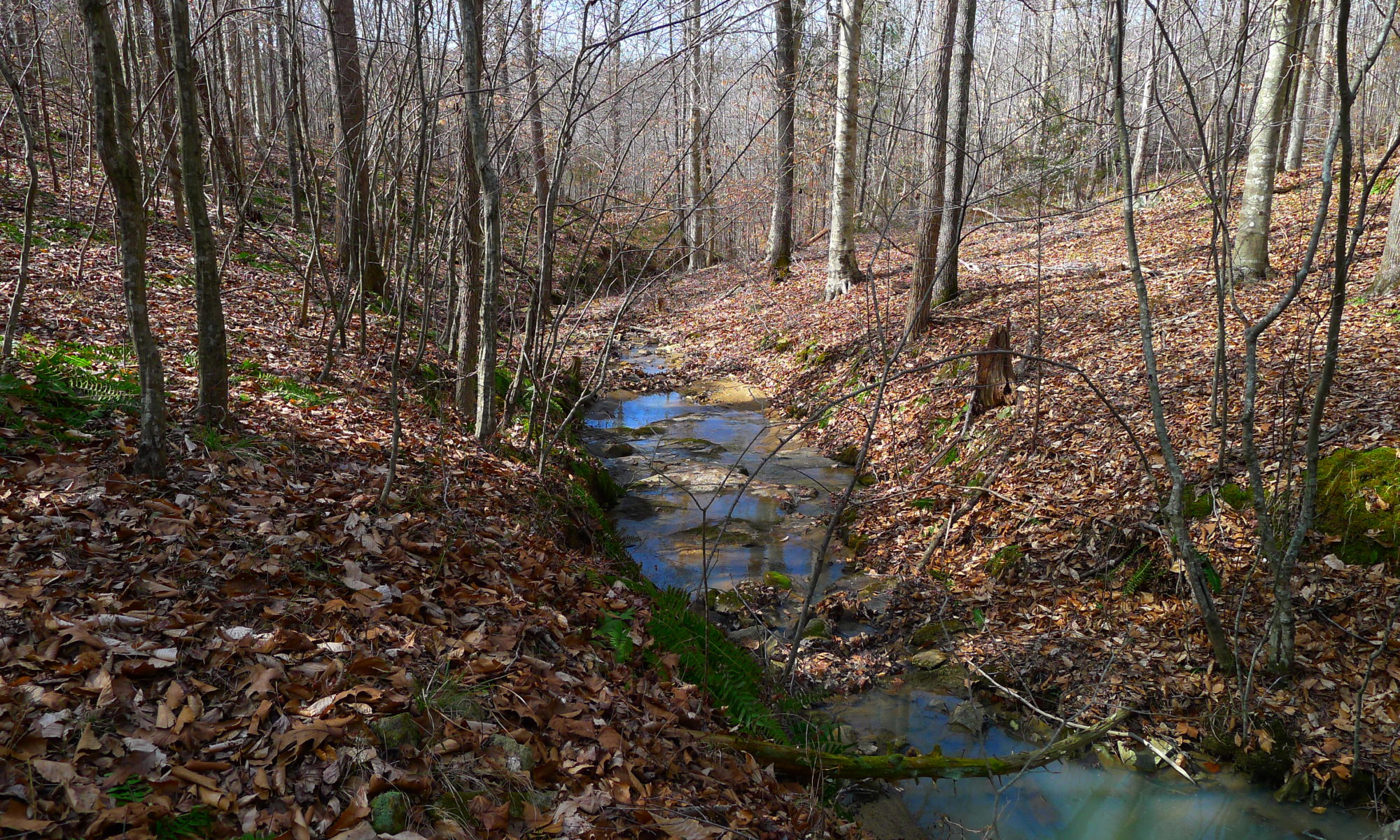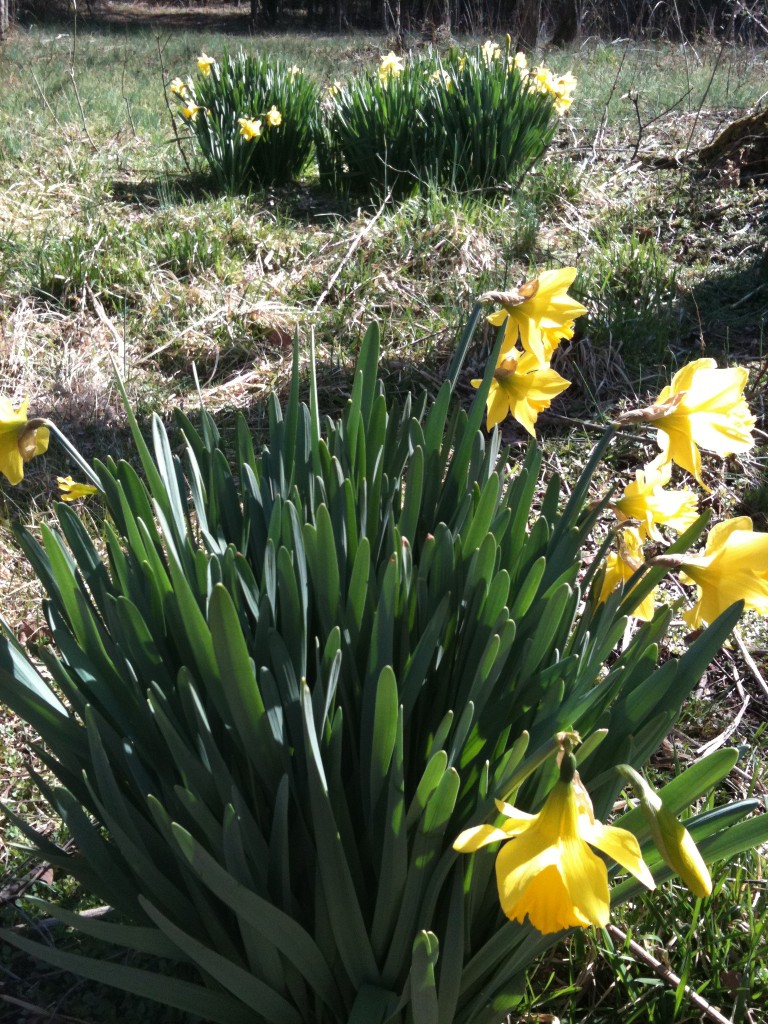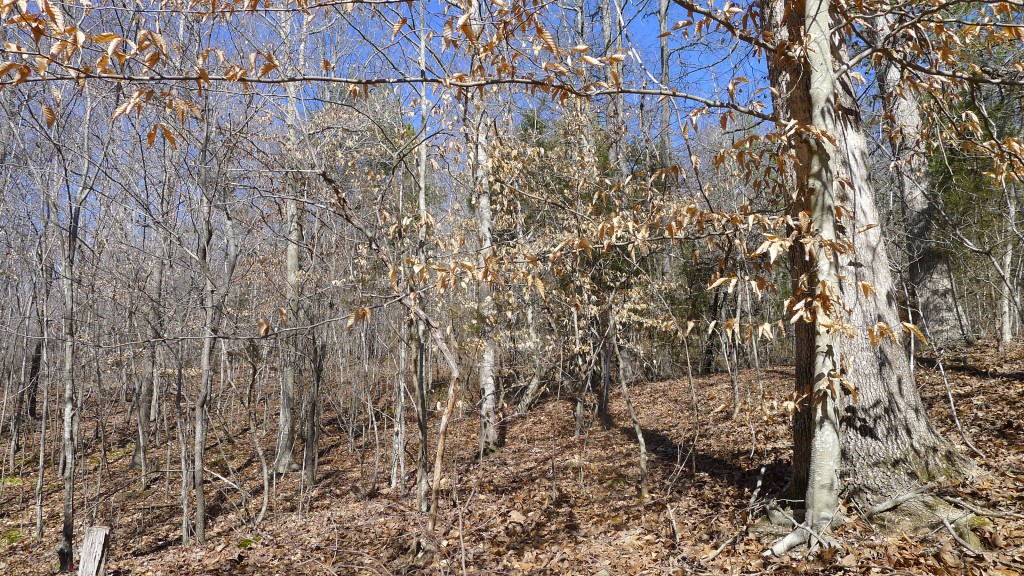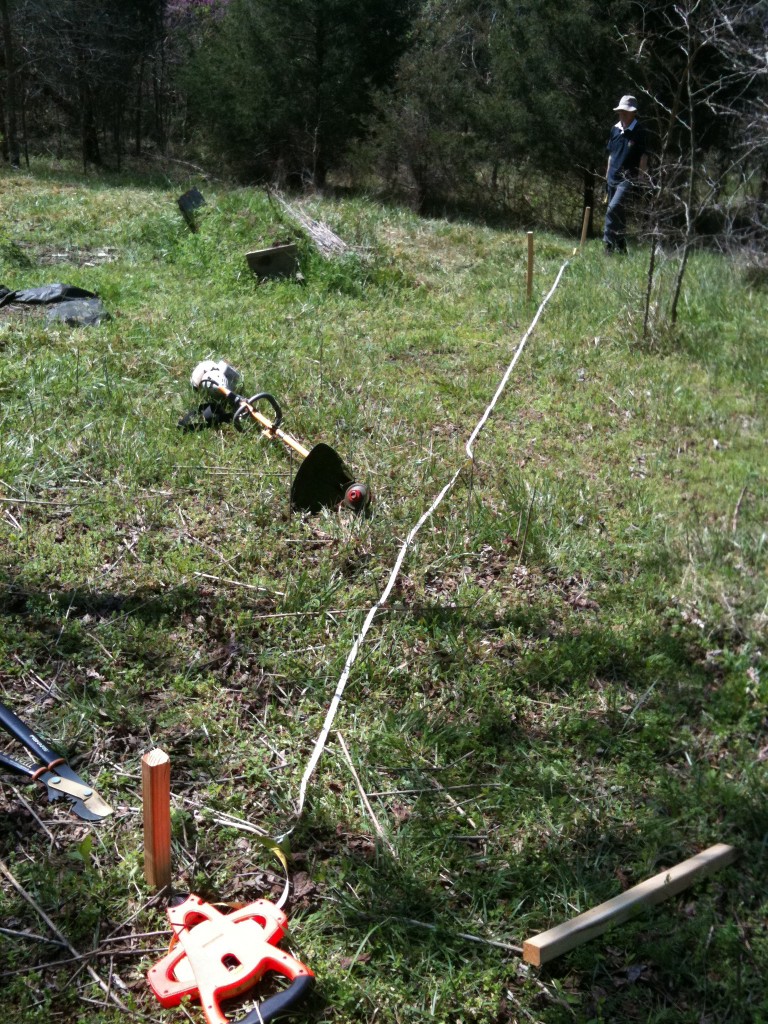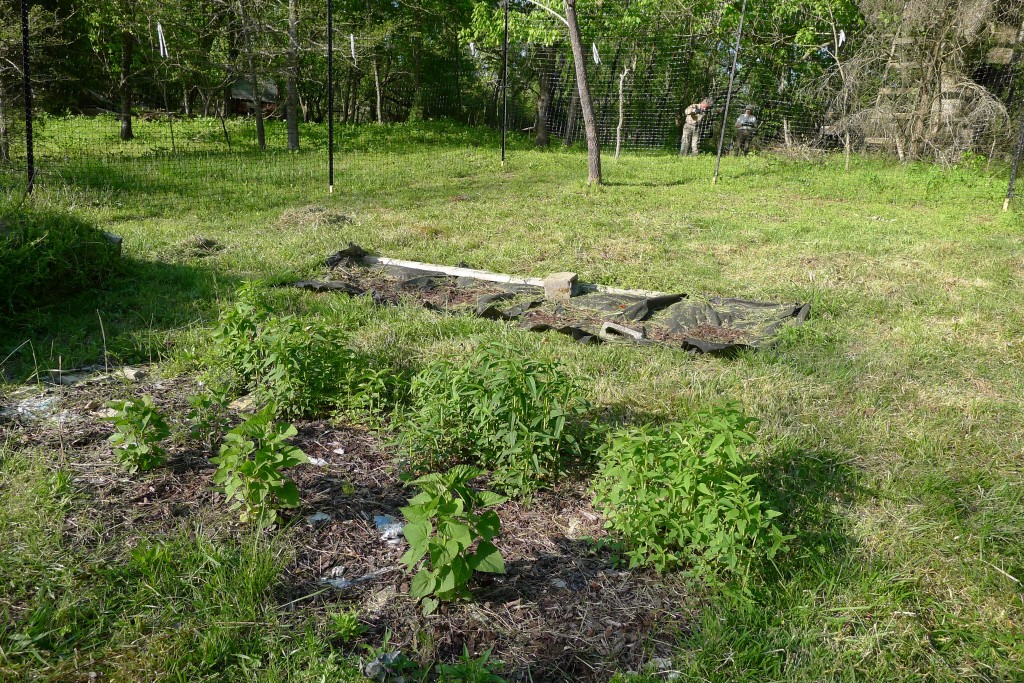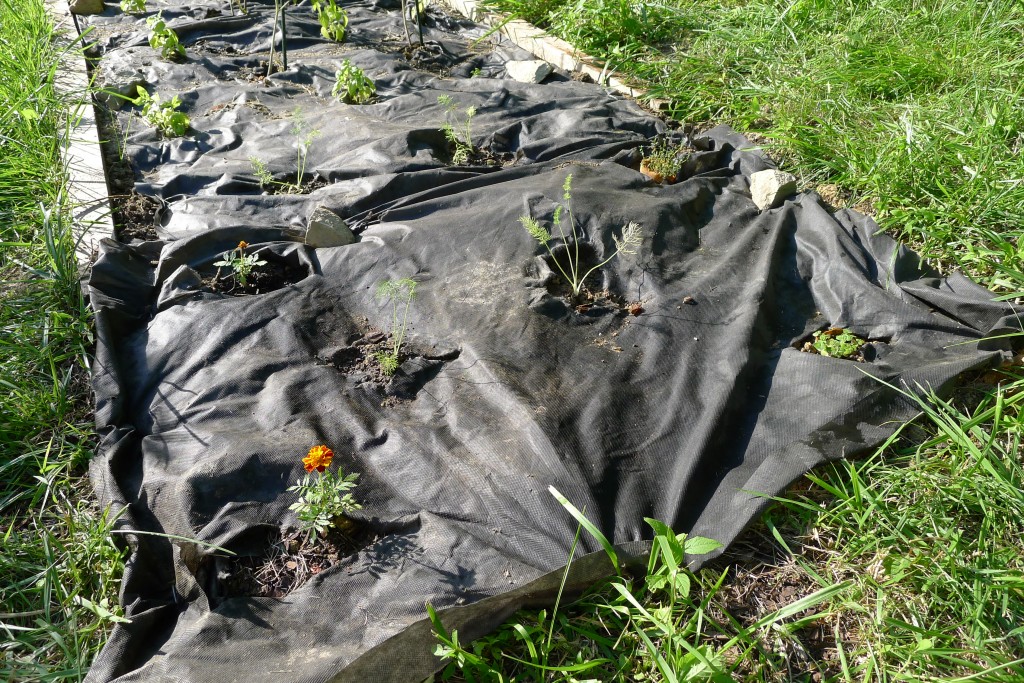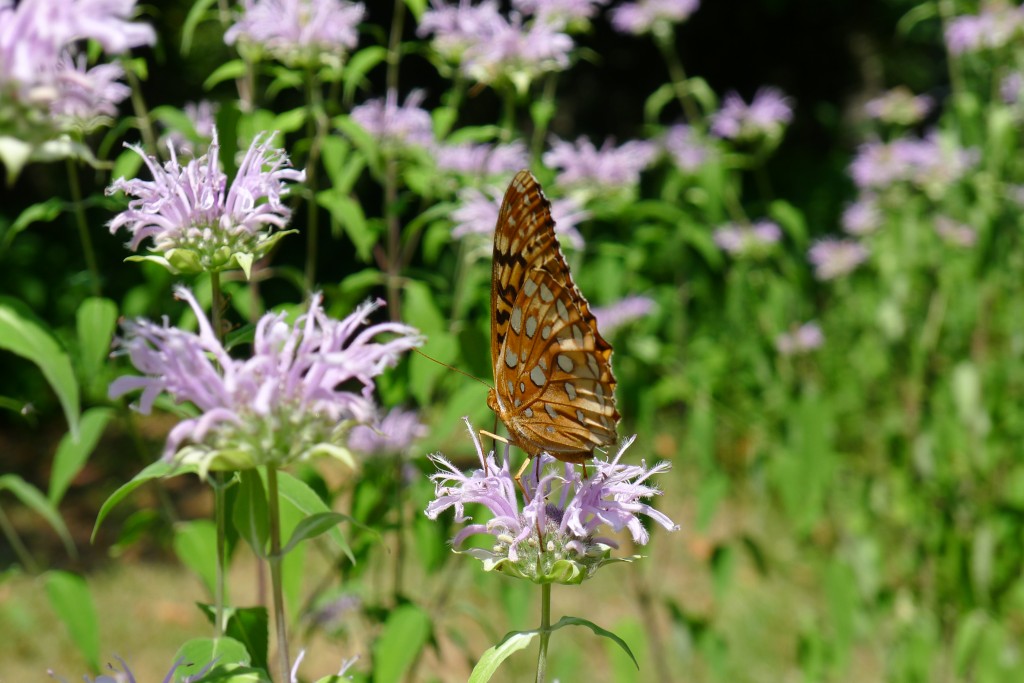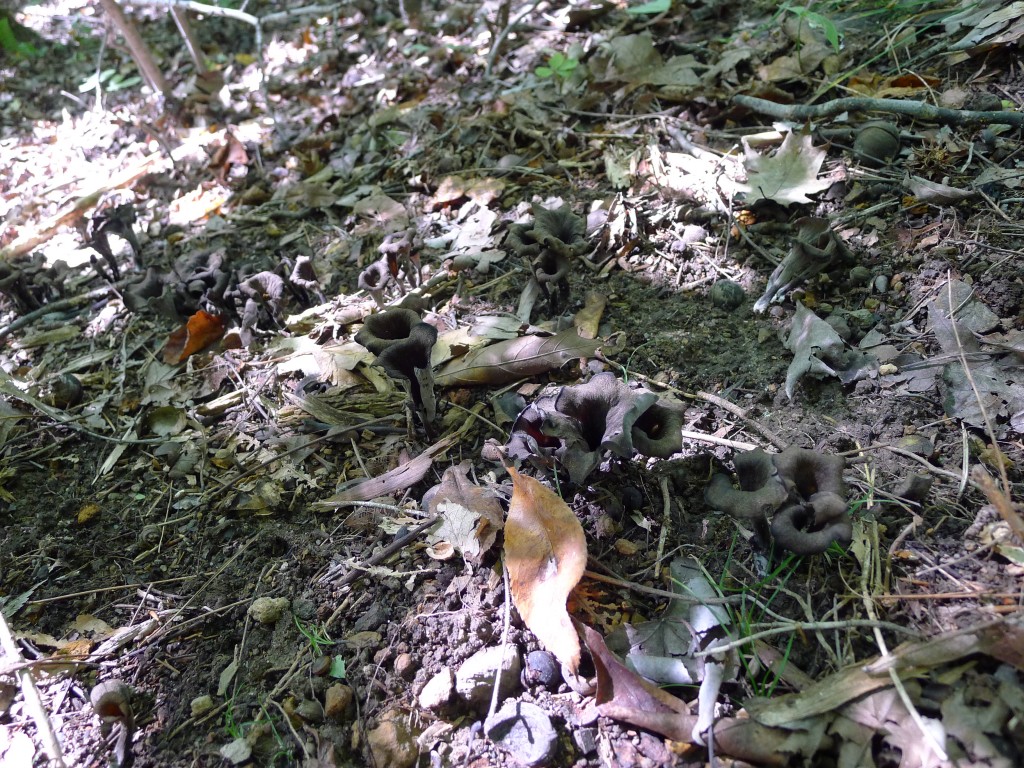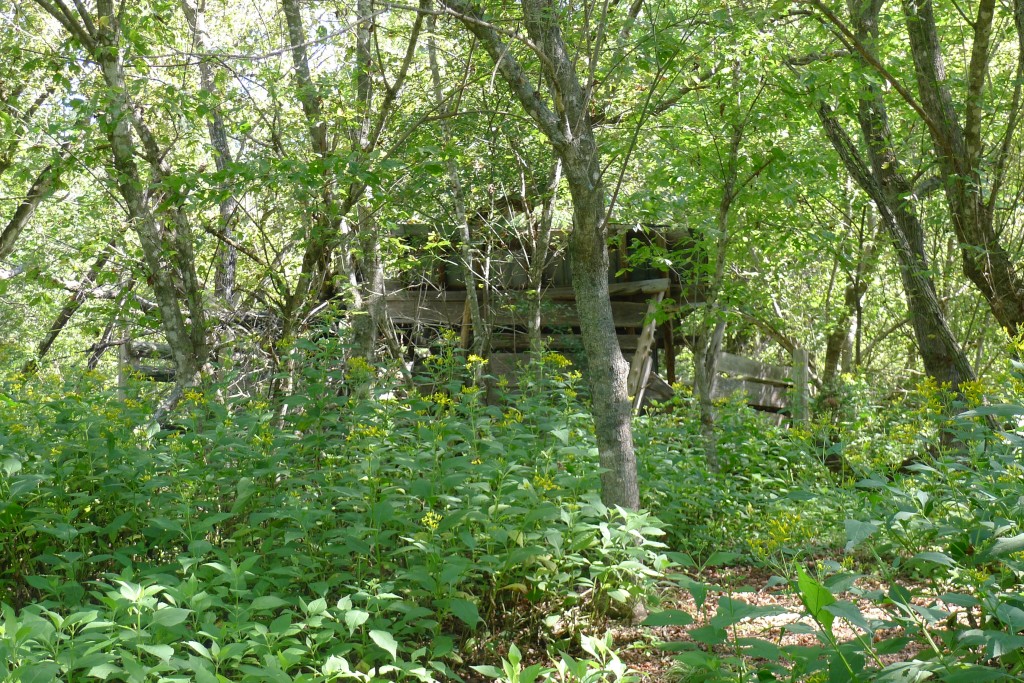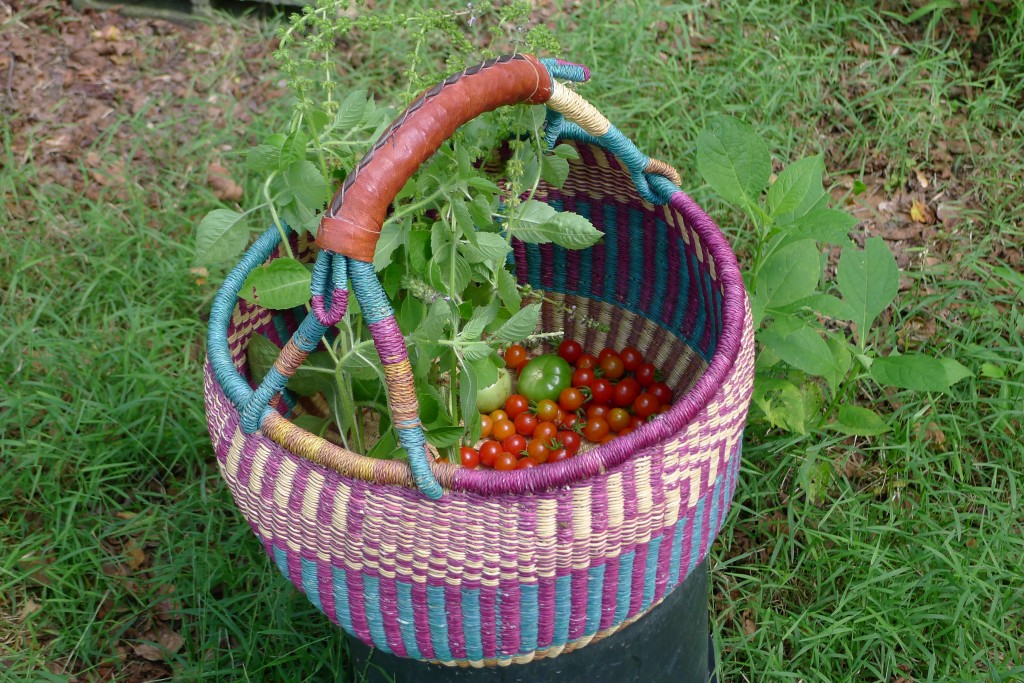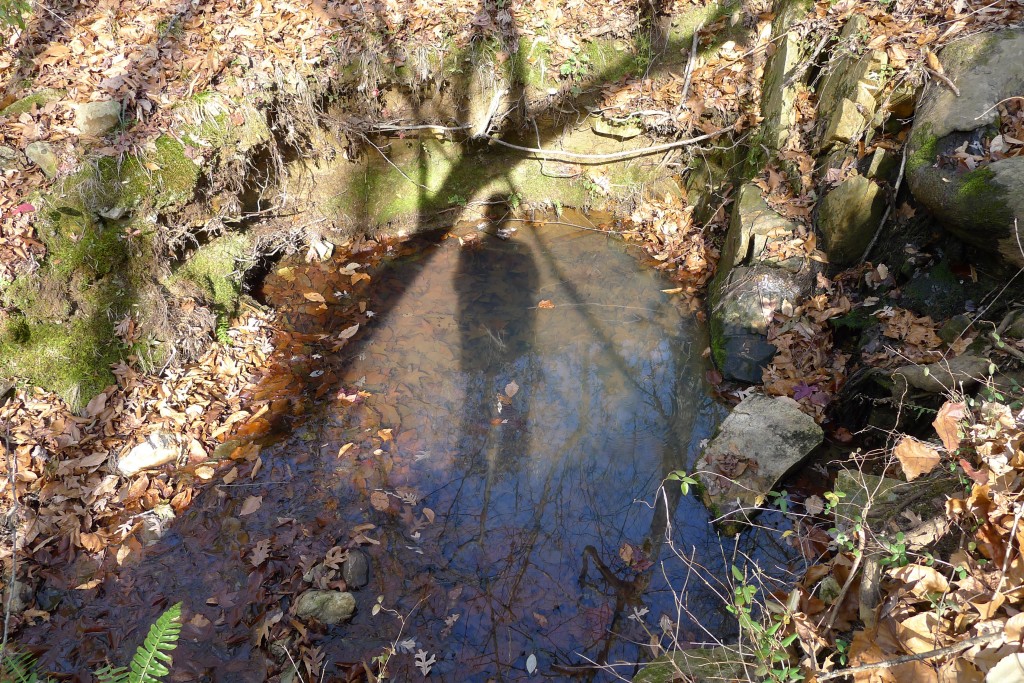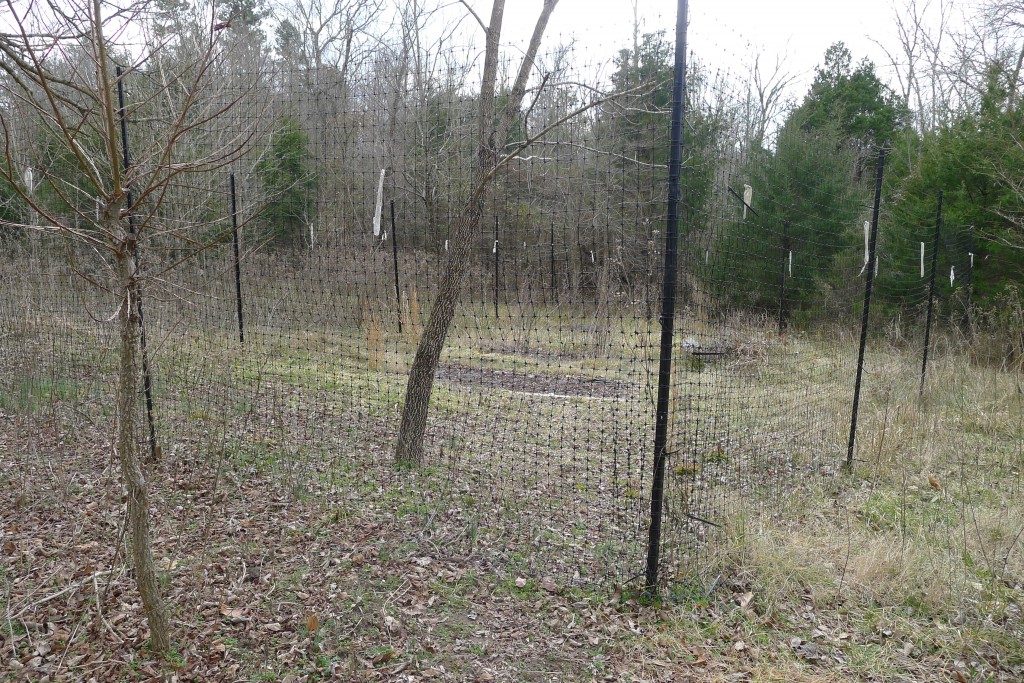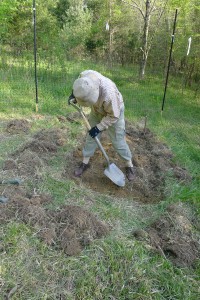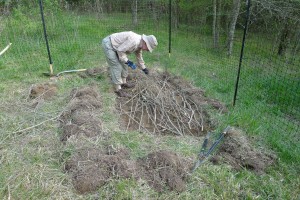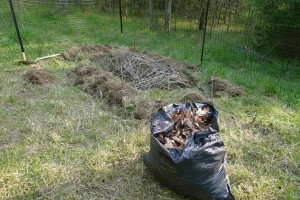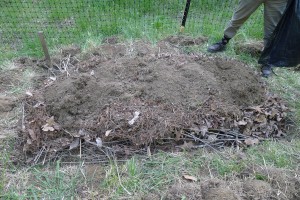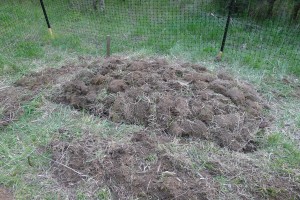As I look forward to a new year of trying to get things to grow on my land, I thought it would be interesting to feature here some of the highlights of 2012. With that in mind, I’ve just spent the last couple of hours reliving the year, going through all the photos I took, and picking out candidates to showcase in this post. Some months yielded three or four pictures that I really wanted to include, but I’ve finally narrowed it down to twelve images that, in their various ways, highlight what was achieved (if only fleetingly!) as well as the shifting beauty of the seasons. And it’s especially lovely to be gazing at sunny summer pictures on a cold dark freezing-rainy night in January.
I have so many plans for 2013 — I’m already firing up the online vegetable garden planner and I know what I want from the seed catalogues — but everything I do next year will be built on what I learned in 2012 from my very first attempt at growing a vegetable garden.
January
I love seeing these emerge long before spring, and can’t help wondering who planted them and when… Nothing seems to eat them, which is wonderful (see below for wildlife appreciation of just about everything I planted). They seemed to bloom extra early in 2012. This photo was taken in late January!
February
My woodland in winter. Love the light catching on those dead leaves. There were so many jobs to do in the “homestead” area last year that forest projects (and most of my 19 acres is woodland much like this) were neglected. I haven’t made a trail yet, but clearing away more of the old farm trash (barbed wire, rusting corrugated metal, the remains of old electric fences…) at the edges of the homestead site is still a top priority. I made a start on that in Jan/Feb 2012 and will continue to work away at it in the coming year.
March
The really big news of 2012! I got me a deer fence!! It wouldn’t have been possible without my parents’ help, and also the groundwork laid by friends — Bin and Dave — who visited me in Summer 2011. I have a whole blog post on achieving this fence, but I’m including a pic that shows here the beginning of the work, measuring out the area. And there’s my trusty strimmer (trimmer for those Stateside of the Pond)… the tick situation has already improved thanks to regular mowing of the grass and weeds.
April
A picture taken not long after we’d put up the deer fence from the vantage point of the hugelbeet-in-progress (see its own blog post). Everything is strimmed, the veggie bed is calm and waiting for transplants, and the bee garden in the foreground is not yet out of control. That’s my mum in the background working on something, and you can also see the old hunter’s ladder leaning against The Old Man.
May
Gaze on these little seedlings and admire! They did not last long. At least not the ones in the foreground, which include marigold and fennel and various herbs. Towards the back of the bed are the basils (Genovese and Thai) and my tomato plants. A different and more jungle-like future lay in store for them.
Flaming June
Very pretty with lots of spectacular insects. I’m not going to feature the tobacco hornworms here. The less said about them the better. Now I know I’ve got them, I’m going to look out for them much earlier and maybe my larger tomato varieties will make it to maturity. Here is the wild bergamot of my bee garden attracting (what I think is) a Great Spangled Fritillary (Speyeria Cybele). With thanks to Jeff’s North Carolina Butterfly Page for helping me ID the butterfly!
July
Jungle! Matt’s Wild Cherry tomatoes went crazy and took over not just their bed but surrounding areas. This is what they do, apparently, and I just let them. By the end of the season (November) I was harvesting tomatoes from runners in the long grass as if I were picking wild berries. I fully expect to have volunteer tomato plants in 2013… One comment on the wild cherries, apart from the fact that nothing could stop them: the first ones harvested weren’t that sweet, but as the summer wore on they just got sweeter and sweeter. Amazing plants!
August
The bounty of the woodland! And this is why I need to make time to walk through the forest more often: Horns of Plenty carpeting sloping areas of my woodland. (There were also chanterelles, but I missed picking them at their prime). After I’d confirmed with my dad that these are indeed Craterellus cornucopioides aka black chanterelles or trompettes de la mort, (hilarious emailed “conversation” which went something like: Dad: I’m almost certain that’s what they are. Me: Almost certain isn’t certain enough. Would you eat them? Dad: Yes! We’d eat them!) I picked a small basket load and cooked them up. Delicious. Dried what was left and gave them to my parents as a Christmas present. Apparently the flavour (which is lovely enough fresh) improves when dried to be almost like a black truffle, so I can’t wait to hear what they think of them. They have never been able to find them in the UK.
September
One of my favourite views, looking towards the old cow barn, almost hidden now by foliage and those yellow-flowered weeds. This is precisely what the land looked like when I first visited it with the agent in September 2010 (except that a tree hadn’t fallen on the cow barn at that point). Lovely. Nuff said.
October
Still harvesting the success stories of this year. And OK, tomatoes and basil are the easiest things to grow, but I’m still pleased to have eaten stuff I’ve grown from seed.
November
I picked out so many images for November, and changed my mind so many times about the one I’d use, but here it is. A kind of self portrait in shadow over my favourite woodland pool. It never dries up. Is it a spring?? It needs clearing up a bit, though — lots of dead leaves and wood fall, especially in the creek that runs out of it. But I’ve seen frogs here (or were they toads?), so I suppose I’d better be careful not to ruin whatever ecosystem supports them in any clean-up operation.
December
Waiting to begin all over again… Wishing everyone a happy and productive 2013!!
